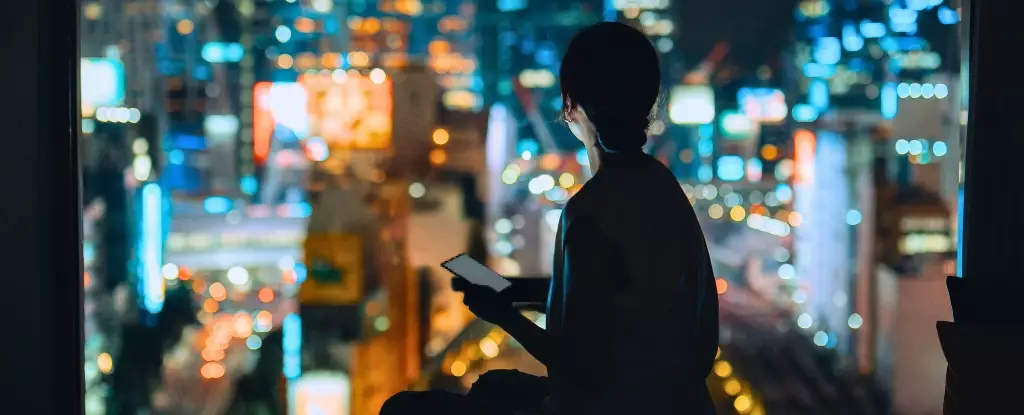In an era where screens glow relentlessly, the risk we supposedly face from artificial light remains underestimated. We tend to dismiss the gentle flicker of a bedside lamp or the glow from a smartphone as harmless—mere conveniences of modern life. However, emerging evidence suggests that these seemingly innocuous habits could be stealthily sabotaging our most vital organ: the heart. The danger lies not just in the light itself, but in what it disrupts—our body’s delicate internal clock, the circadian rhythm. This biological timing device is paramount to maintaining cardiovascular health, yet it is increasingly compromised by modern lighting practices. Dare I say, our addiction to artificial luminescence at night might be one of the most overlooked contributors to the rises in heart disease and related ailments.
The Biological Chaos of Disrupted Circadian Rhythms
Our bodies are exquisitely tuned to the natural light-dark cycle of the Earth, which orchestrates a vast array of processes from hormone release to blood pressure regulation. When this harmony is disturbed by even low levels of artificial light, the repercussions can be profound. The latest research, though not yet peer-reviewed, underscores an alarming connection: individuals exposed to more light at night face a significantly higher risk of cardiovascular problems—including coronary artery disease, stroke, and arrhythmias. The biological logic is compelling; disruption of circadian rhythms hampers blood pressure regulation and glucose tolerance, creating a fertile ground for heart issues. It’s not just theory—data from over 88,000 adults tracking their light exposure over nearly a decade reveal stark differences in heart health outcomes based on nighttime light exposure. Those in the top 10 percent for light exposure at night bear a markedly increased risk of severe heart conditions compared to their darker-sleeper counterparts.
The Cultural and Policy Failings Enabling Exposure
While individual habits play a role, the systemic failure to create healthier lighting environments persists. Our homes and cities are bathed in artificial lighting—street lamps, neon signs, screens—that often encroach into our bedrooms. The cultural normalization of sleeping with the TV on, or the “quick check” of a smartphone before dozing off, is corrosive. These behaviors are not simply nuisances but logistical threats to our health. Policies that prioritize bright, perpetual illumination diminish our ability to preserve vital sleep quality. The societal neglect of these issues reveals a myopic focus on convenience and productivity at the expense of long-term health. We have surrendered to a lifestyle that promotes constant stimulation and light pollution, unwittingly fueling the very health crises we seek to avoid.
Personal Responsibility Versus Systemic Change
The burden of change weighs heavily on individuals—cover your windows with blackout curtains, turn off screens an hour earlier, dim the lamps—these are minor steps with potentially profound impacts. Yet, expecting individual action in a landscape dominated by relentless artificial lighting is naive. Without systemic reforms—stricter regulations on urban light pollution, building standards prioritizing dark-sky practices, and public health campaigns—it will remain merely a series of personal sacrifices. Society must recognize that safeguarding public health requires more than individual vigilance; it demands structural accountability. The true challenge is shifting cultural norms around nighttime lighting, fostering environments that respect our biological needs.
The Hope for a Healthier Future Amidst Light Pollution
Despite the daunting nature of this problem, hope persists. Advances in understanding the mechanisms linking light exposure to heart health can inspire policy and behavioral changes. Simple interventions—such as limiting nighttime screen time, advocating for darker urban environments, and promoting awareness—offer tangible strategies to mitigate risk. The science may still be developing, but the genetic and physiological evidence already screams a urgent warning: the fight against light pollution is a fight for our hearts. The question remains whether we will choose to listen to our biology—and act accordingly—or continue in denial, risking our cardiovascular future for fleeting comforts.

